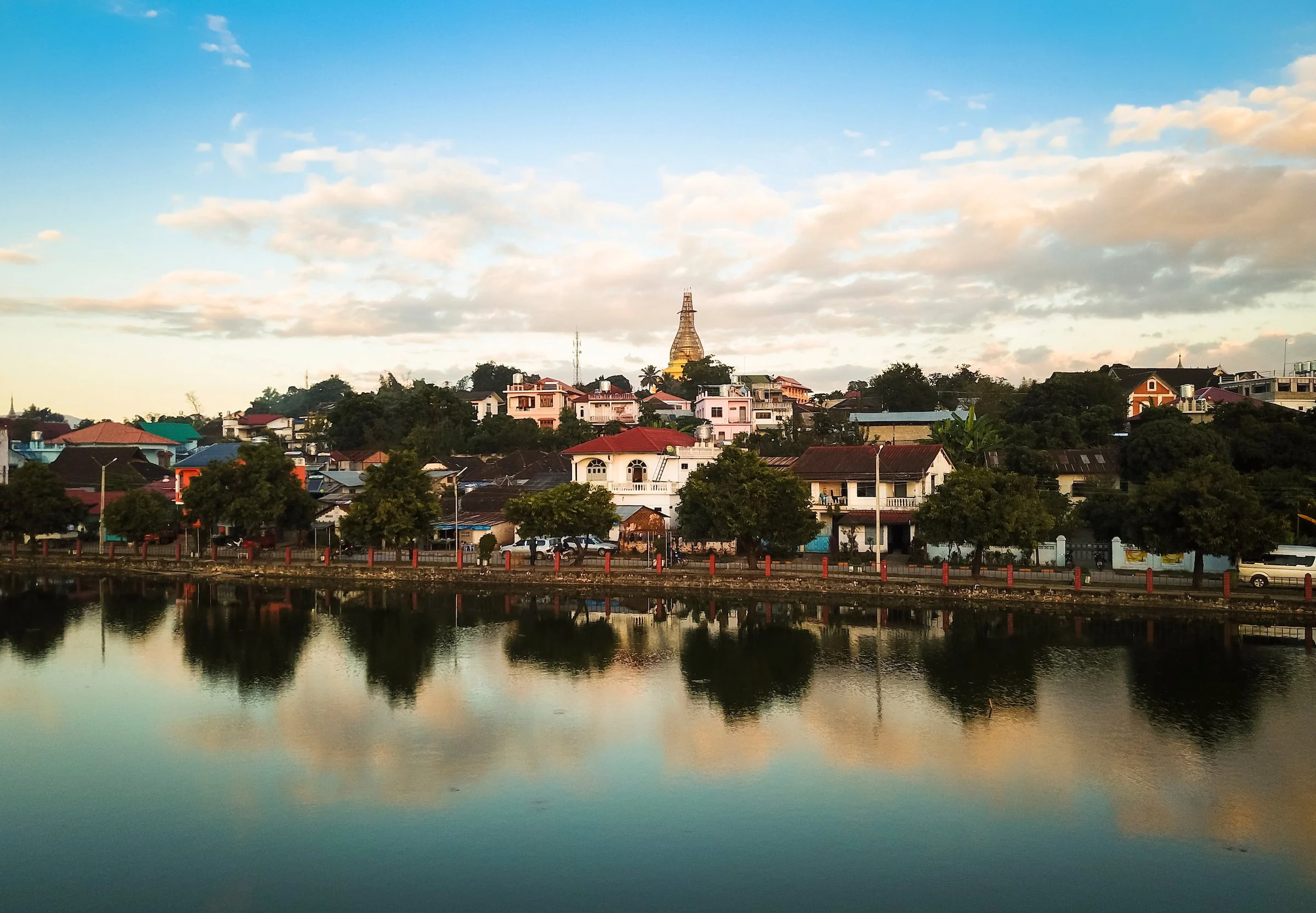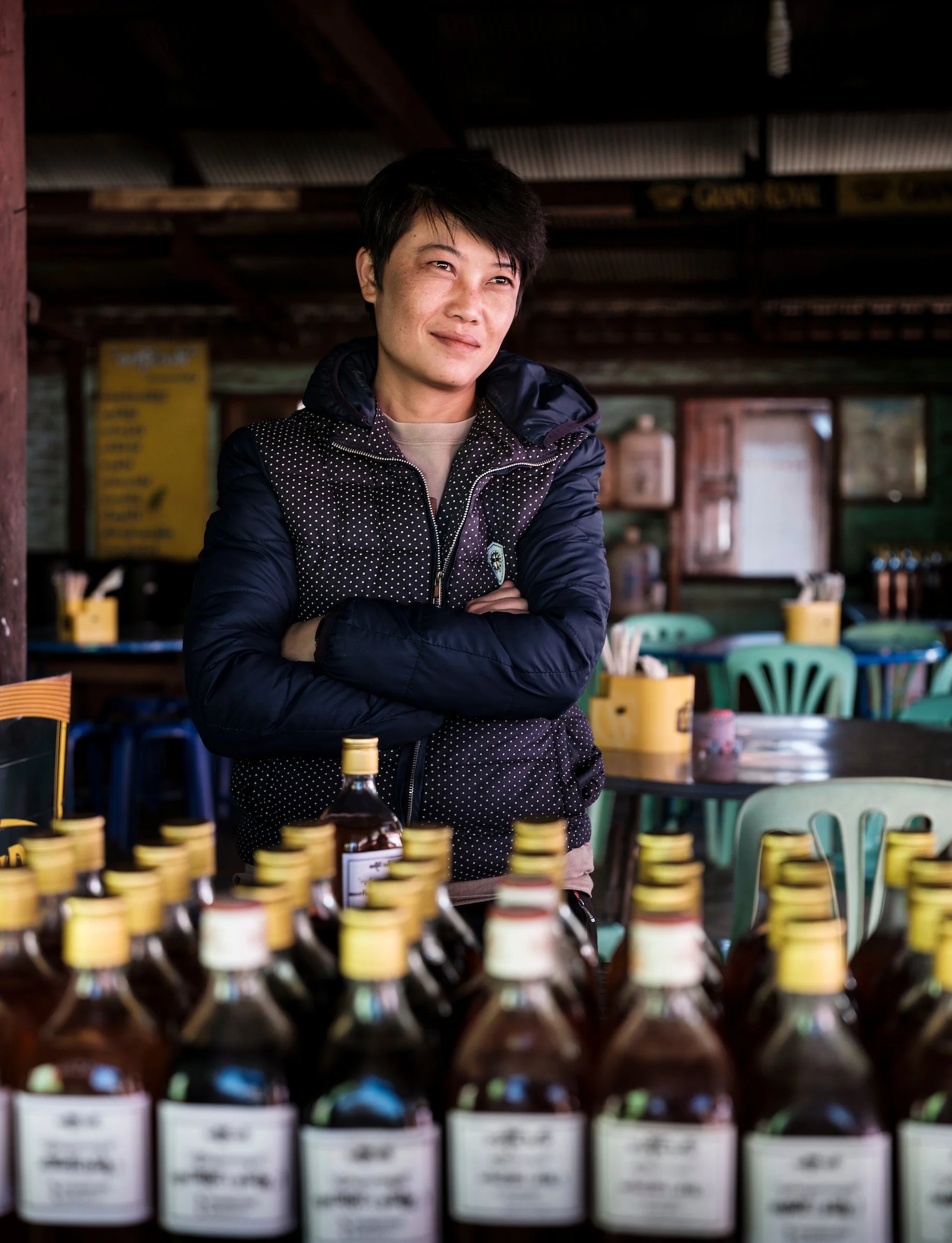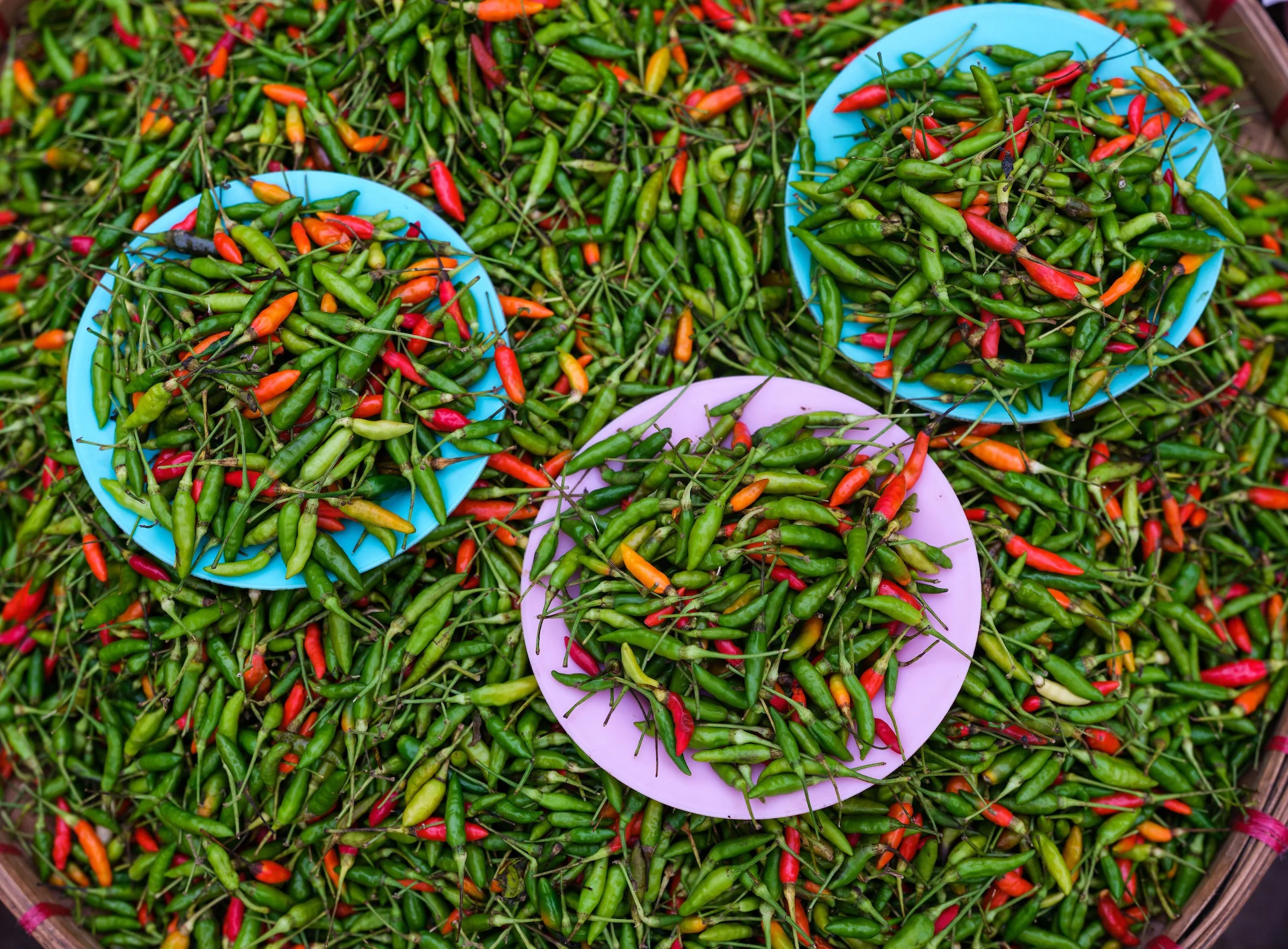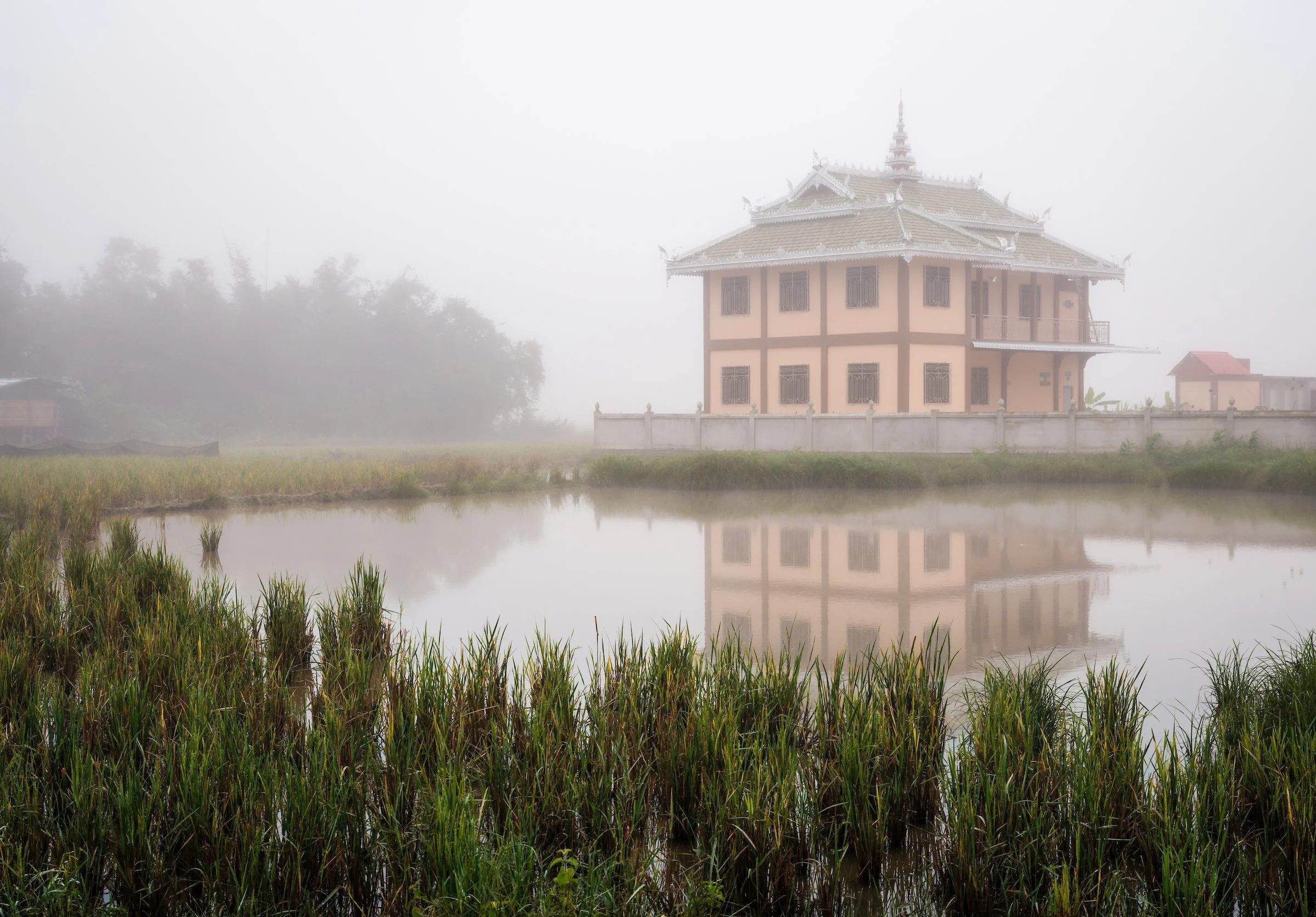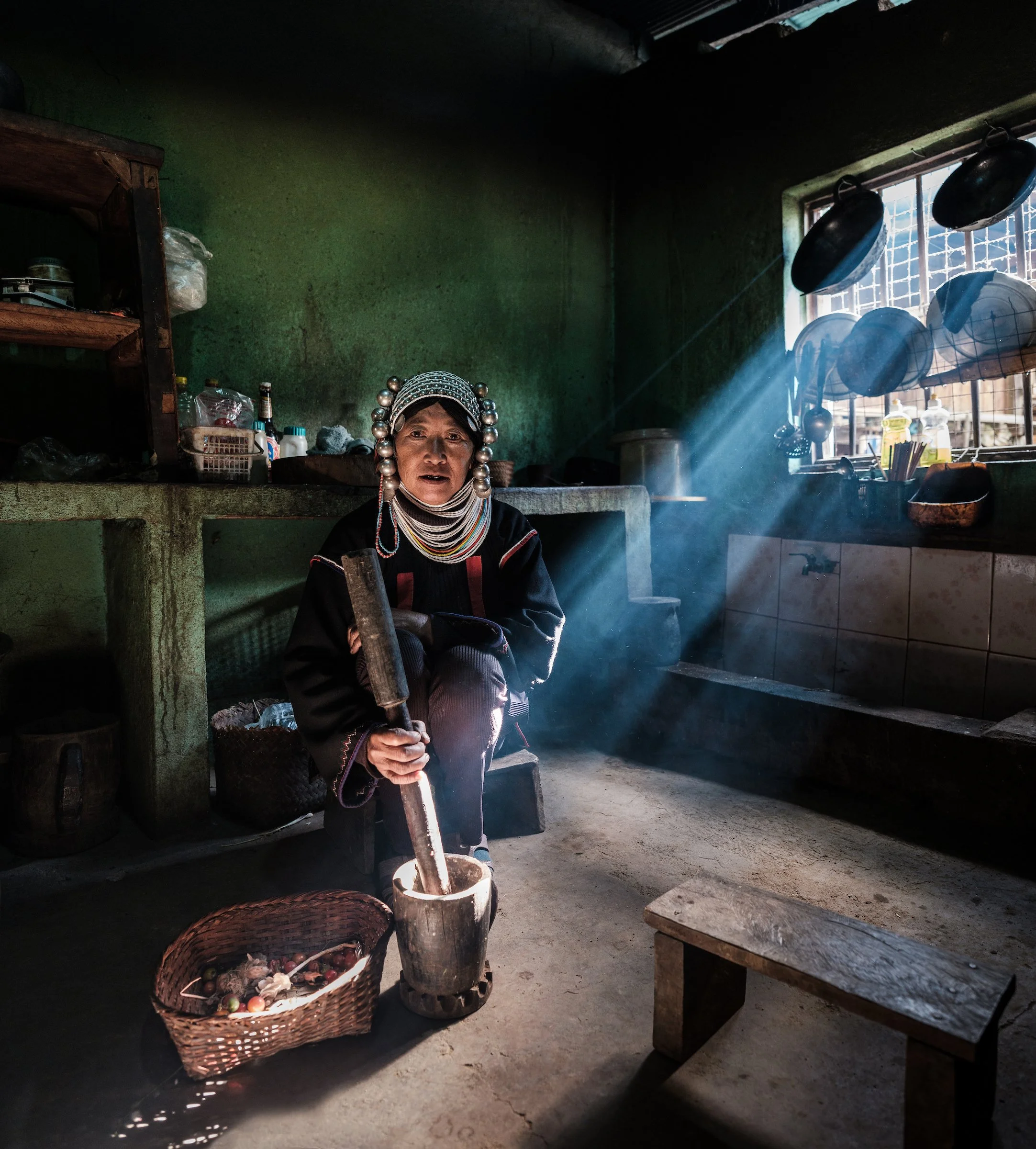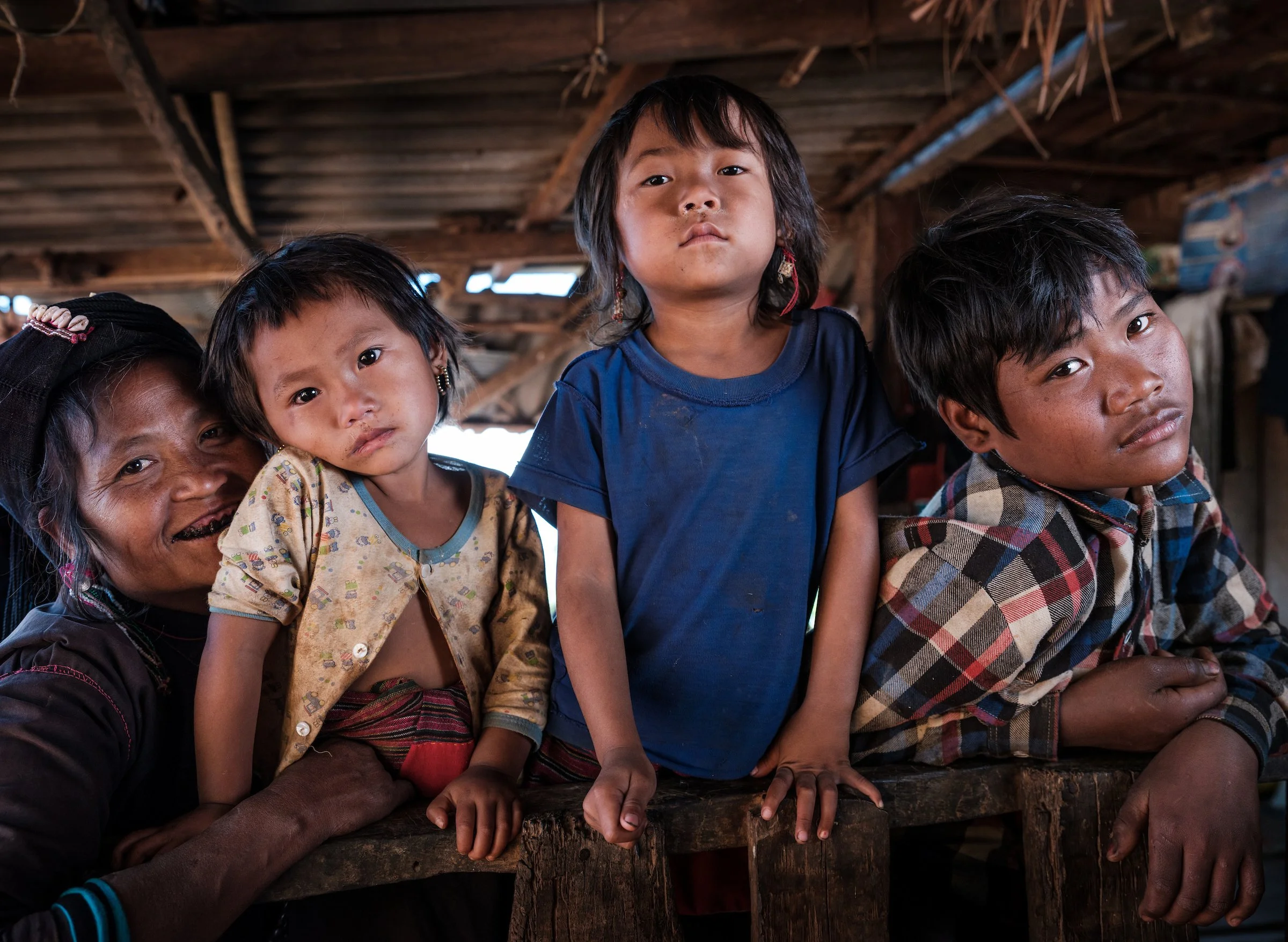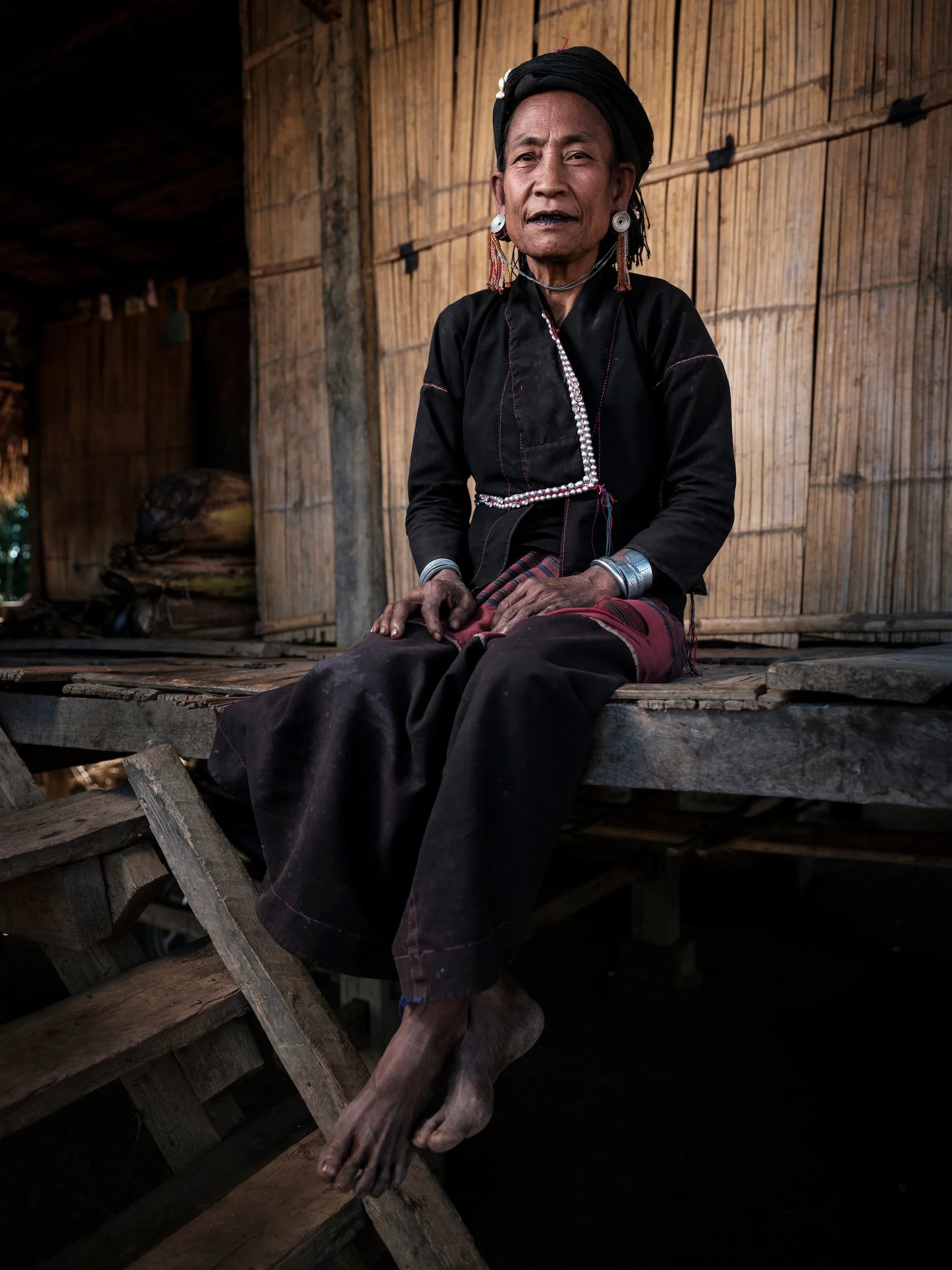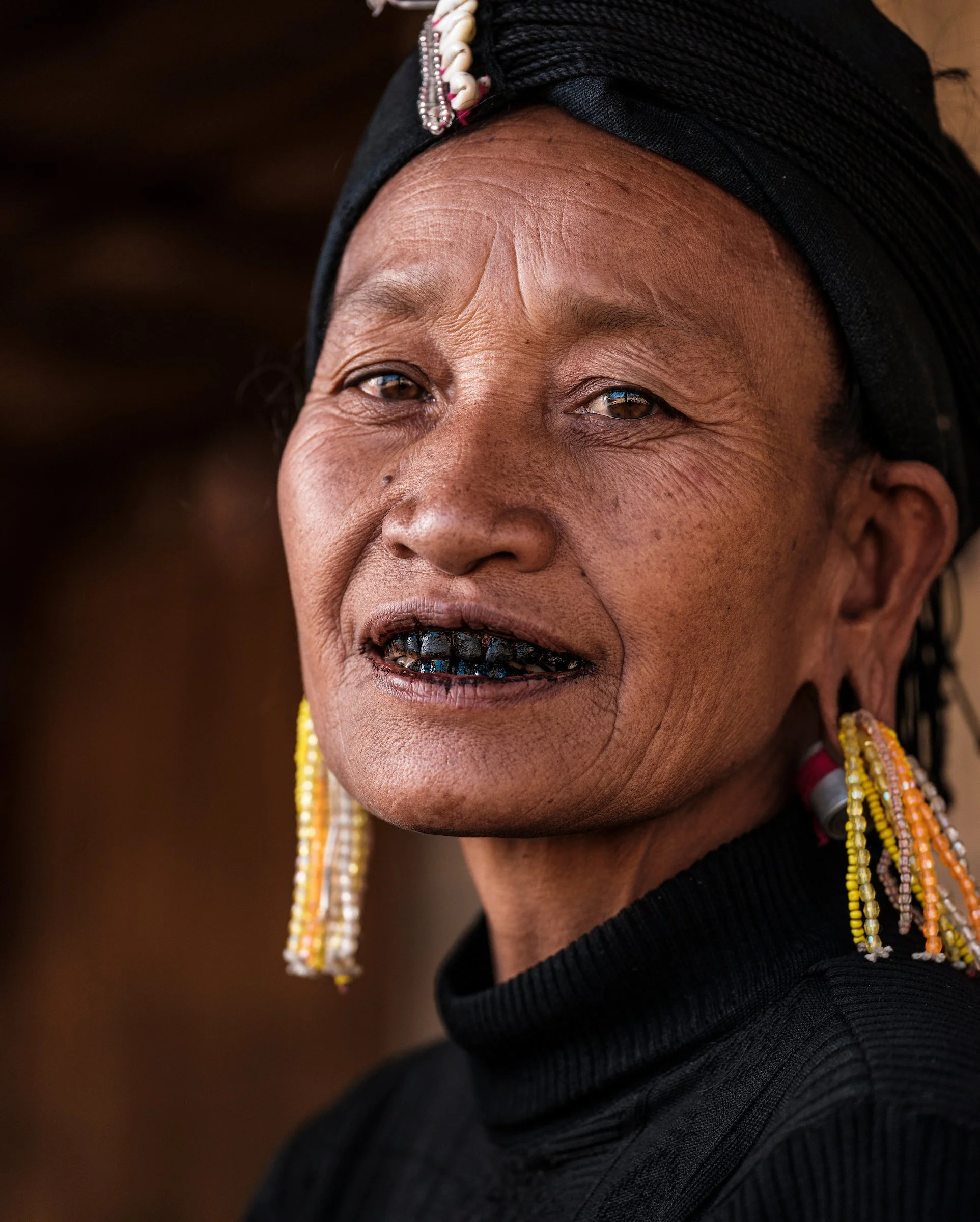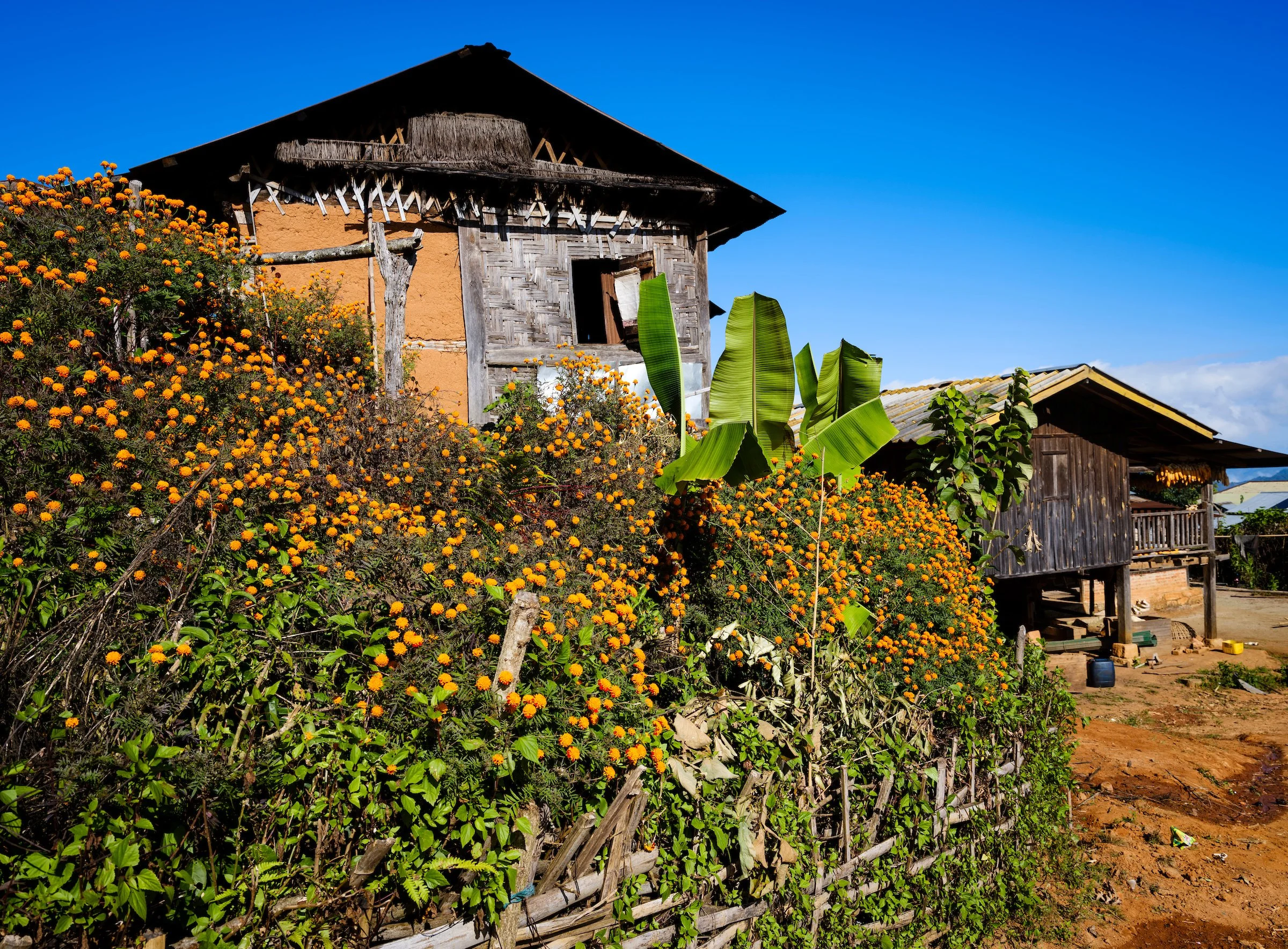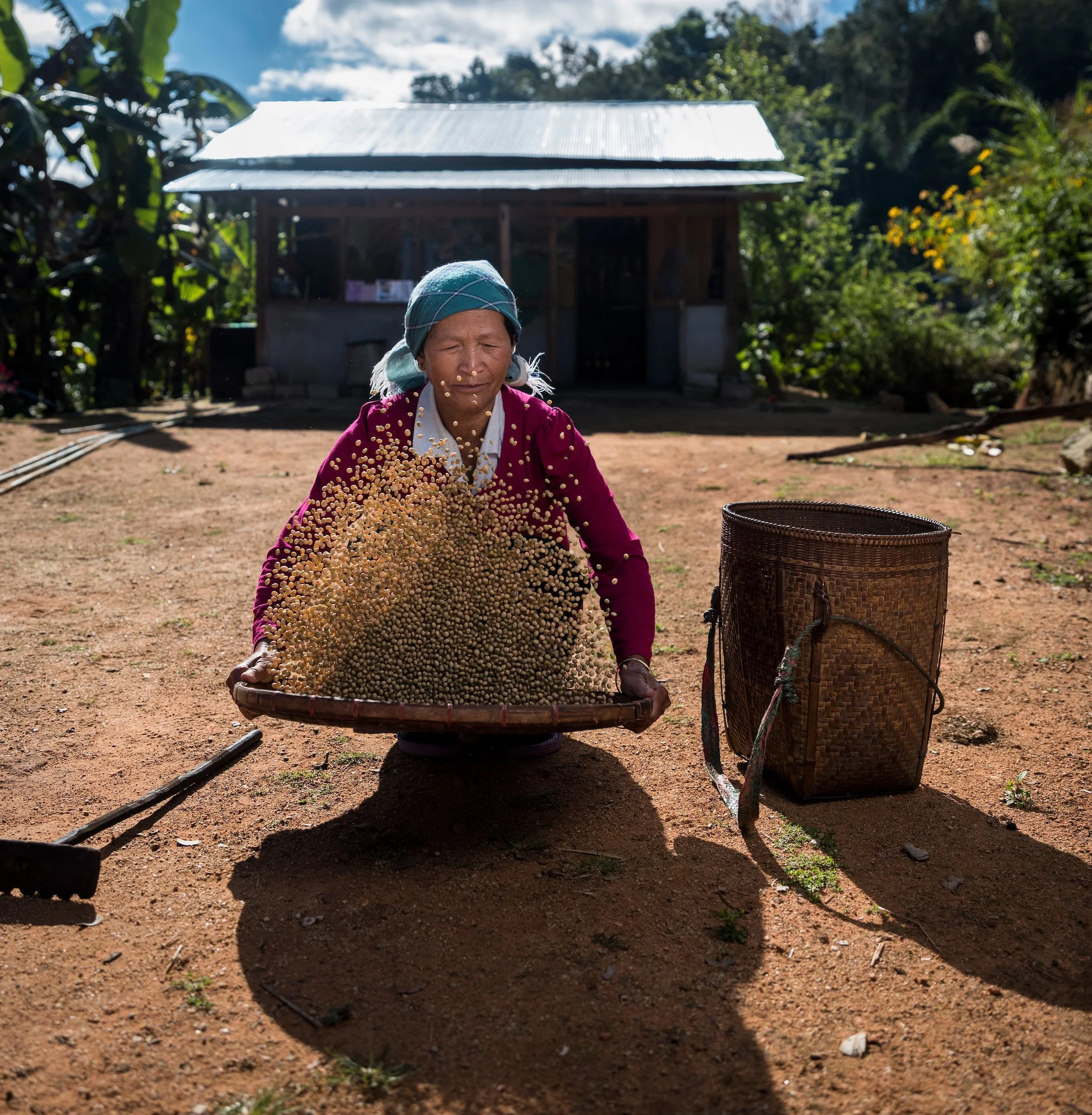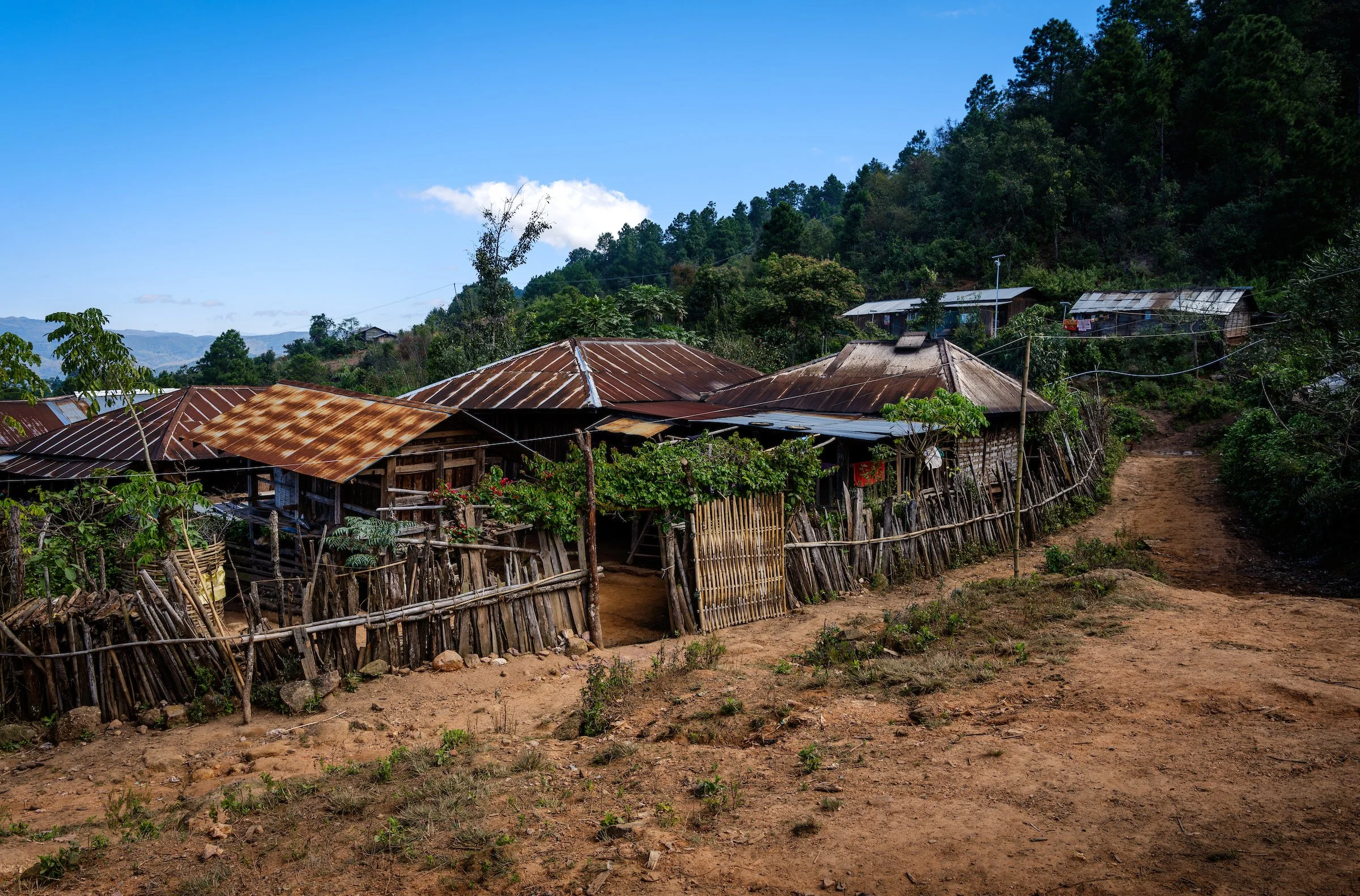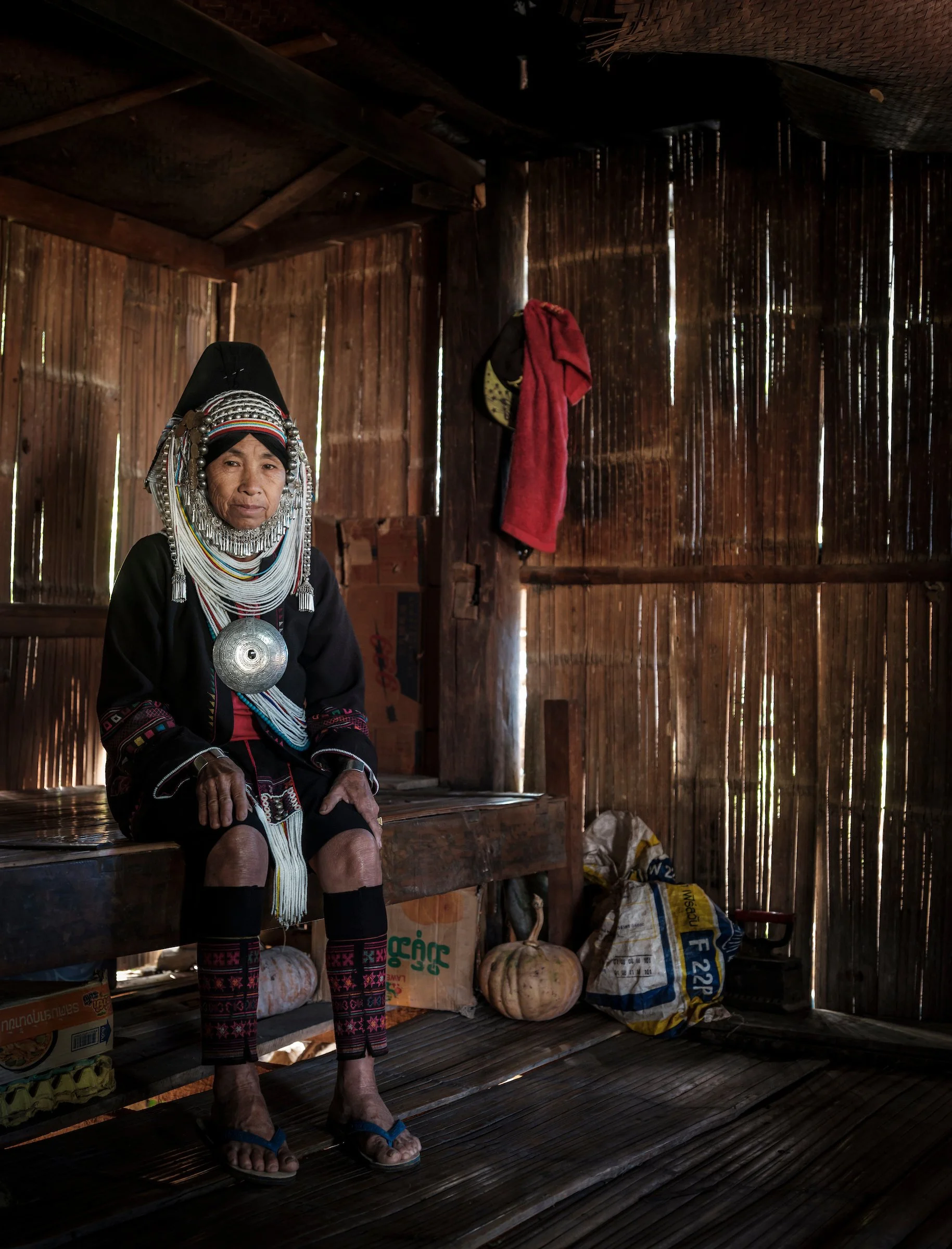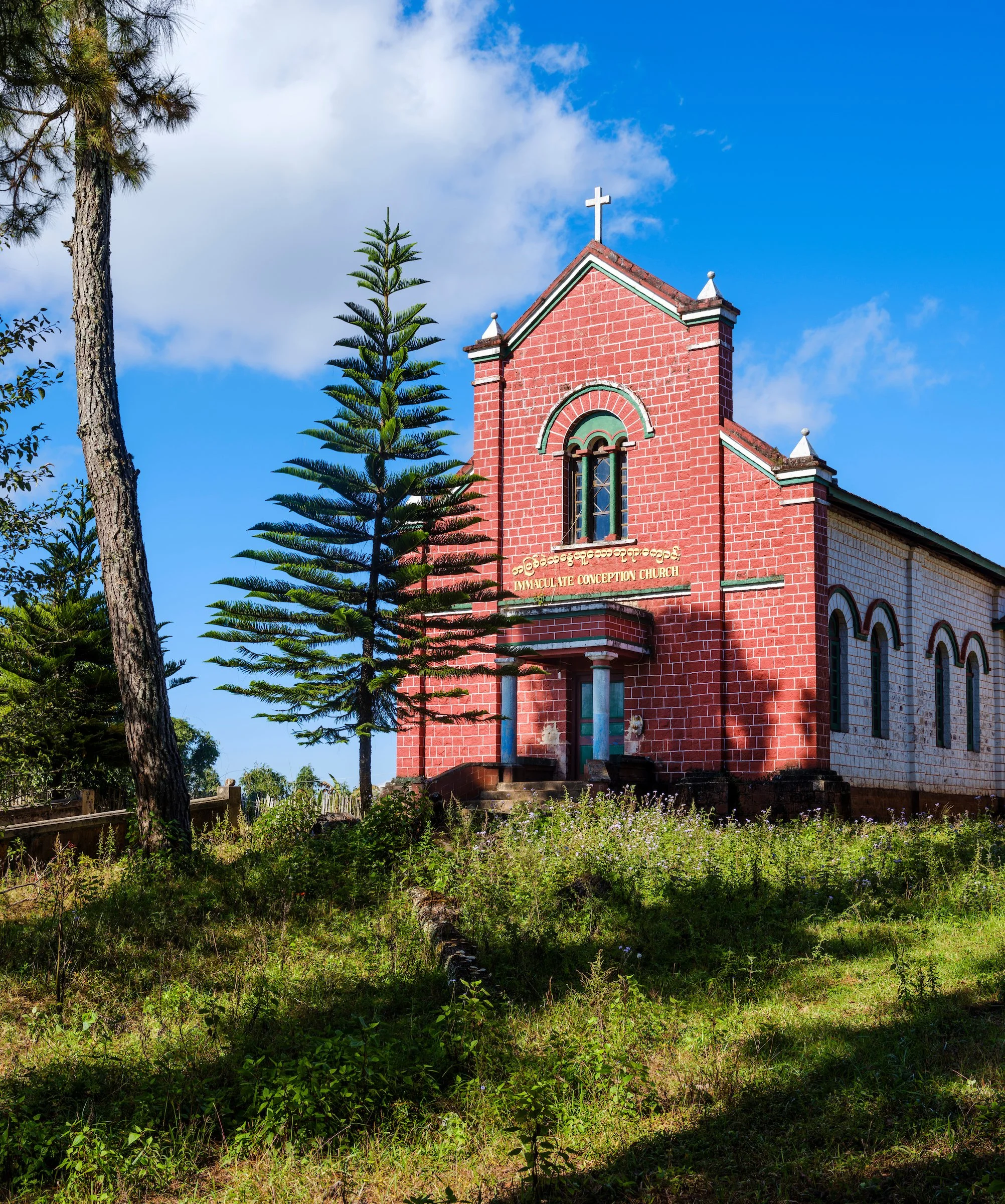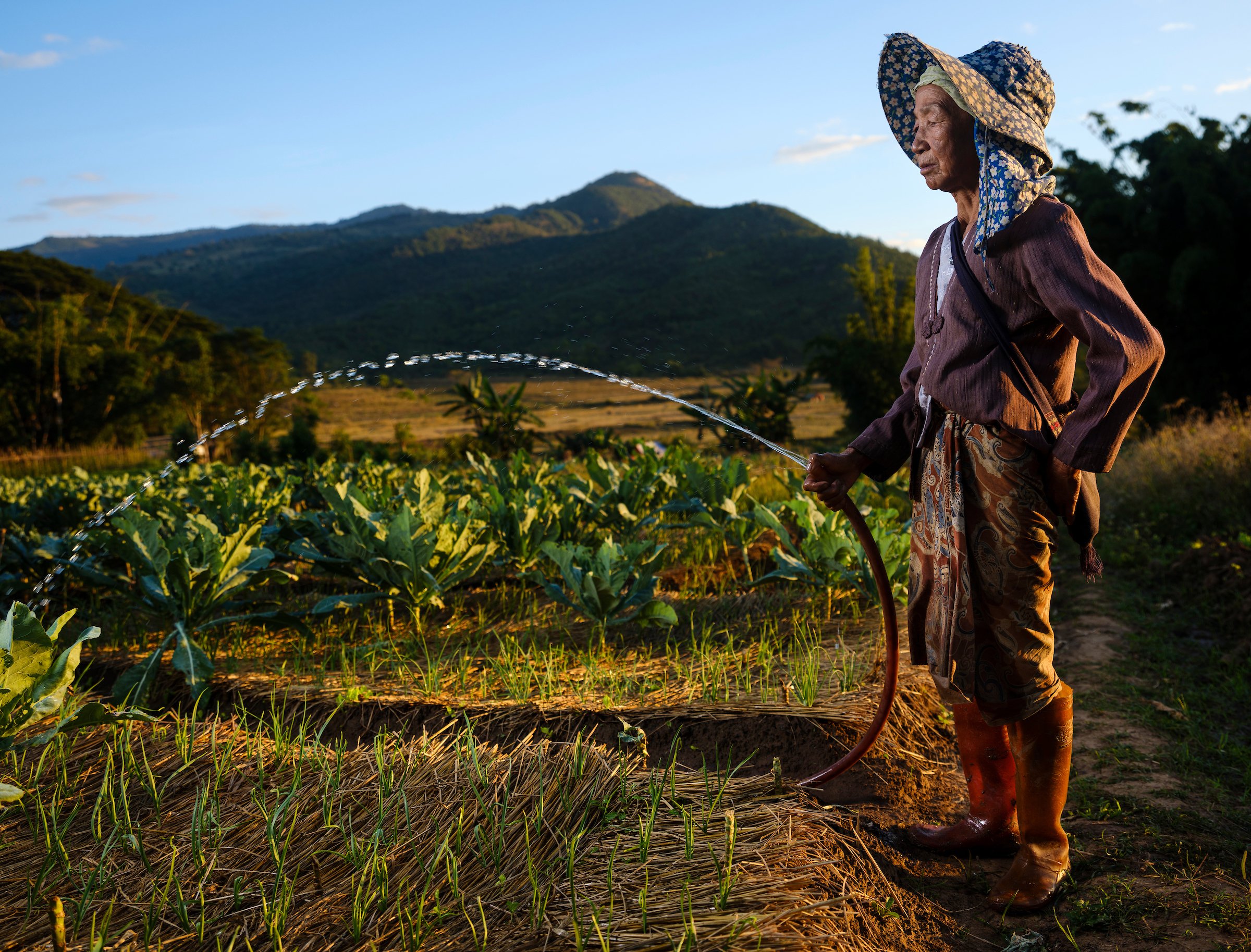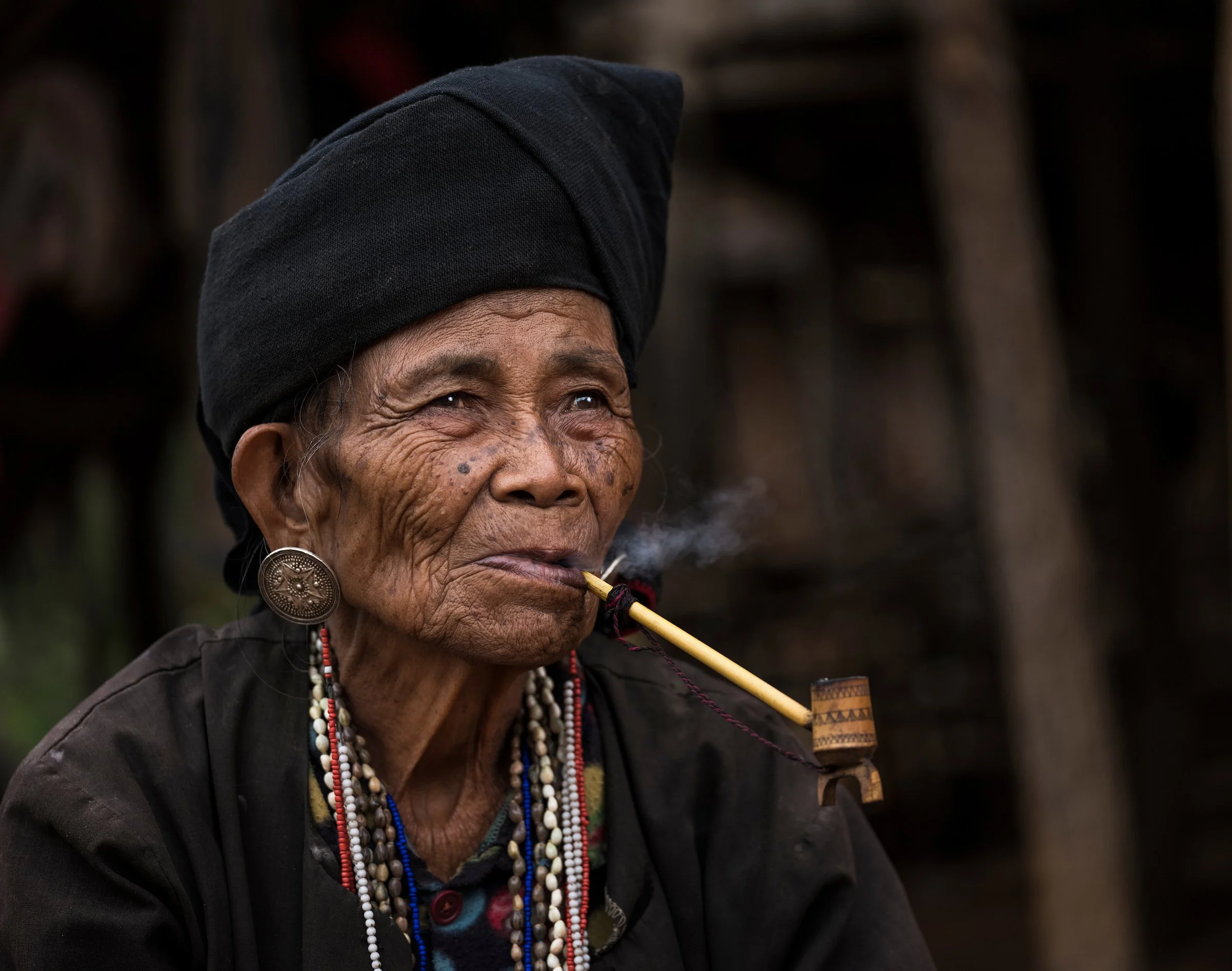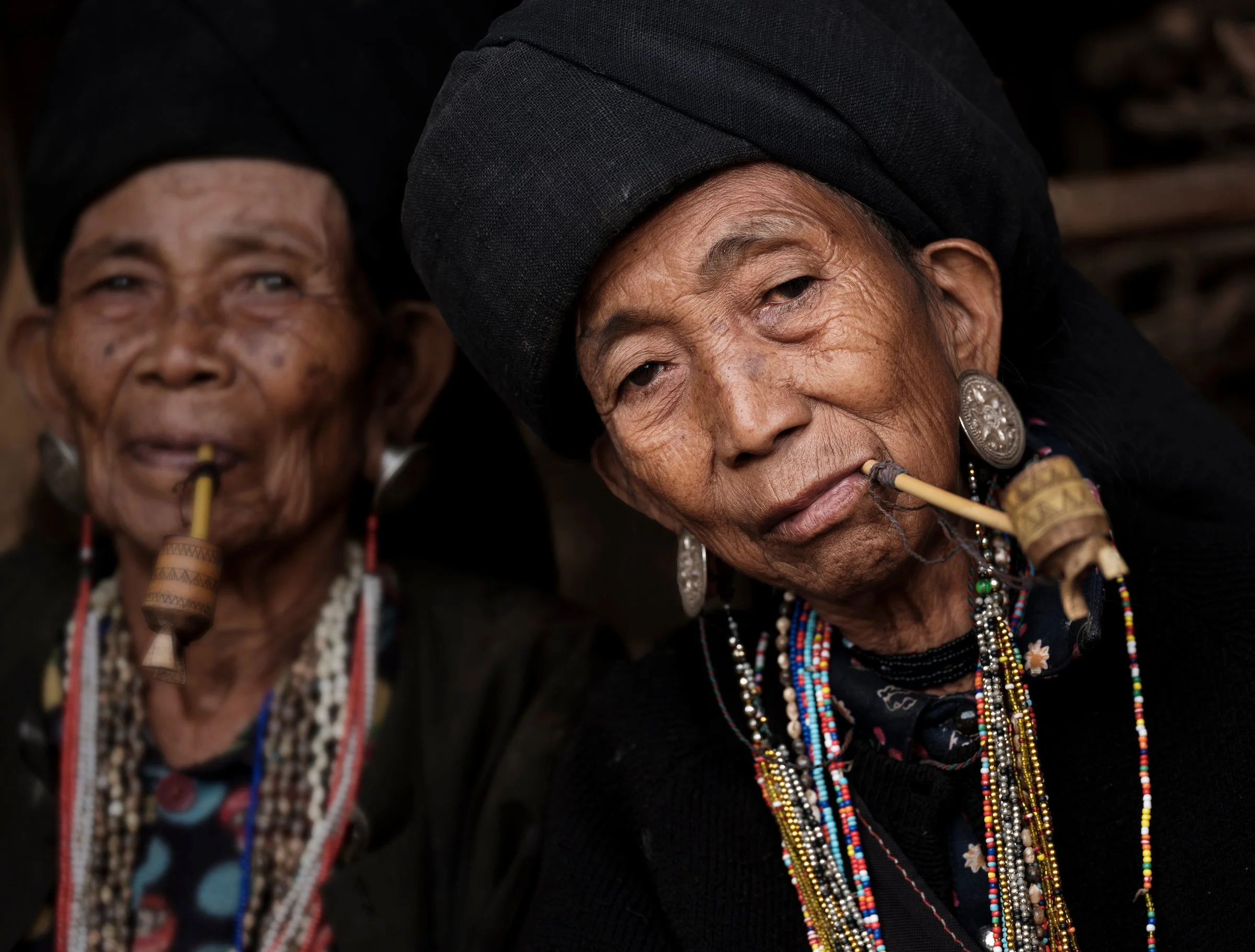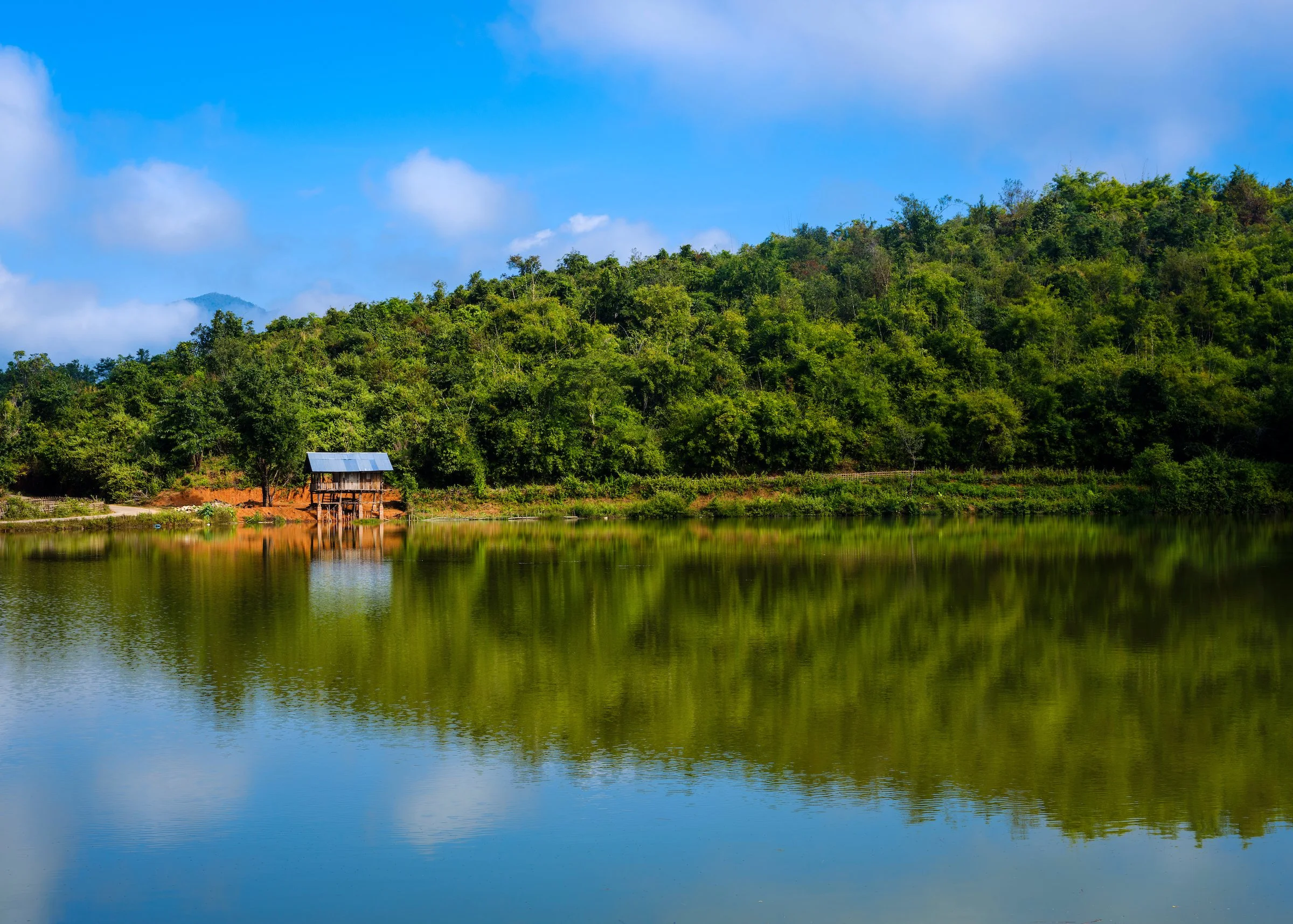Kyaing Tong in Photos | Myanmar
Heho, Mandalay, Tachileik. Three stops on a small propeller plane is what it takes to reach Kyaing Tong from Yangon. There is no direct service from the capital, and people move in and out of the aircraft at every landing. The legs are short in time, but in the end, it takes almost the whole day to get there.
Photographing and documenting disappearing cultures is one of the matters that draw me to travel and explore the world. Myanmar is one of the places undergoing rapid change, particularly Yangon, which has some of the more prominent centers and sightseeing areas. However, some of the more remote regions remain unchanged and it is still possible to experience local life like it was hundreds of years ago.
That’s essentially what brought me to Kyaing Tong, a small town in the Shan State, close to the border with China and Laos. The remote area – not long ago closed to visitors – is dotted with hamlets of ethnic groups within the surrounding mountains. With a little bit of trekking, is easy to get access to many of the minorities. Villages of Akha, Eng, Lahu, Shan and Wa families can be reached from the town almost moving in any direction.
It was late afternoon when we arrived after that jittery flight. Consequently, there was not much room for wandering but we still managed to visit the Wat Jong Kham Monastery where I had the opportunity to photograph young monks.
Kyang Tong itself is a pleasant little center. There are many ways to spell this name, and I have seen it as Kengtung, Kyaingtong, Chiang Tung, Cheingtung, and Kengtong. The town lies around an attractive lake circled by local restaurants serving traditional Shan food in a genuinely exotic atmosphere.
There is also a very compelling morning market where I bought some supplies and medicines. Later on, I distributed them among the villagers. The market is vivid and colorful; it starts at dawn and by about mid-day, everybody is gone. I spent some time there, photographing the stalls, the activity, and the street food vendors.
Yet, what lies beyond the placid town, is the incredible beauty of the mountainscapes paired with traditional settlements. There were a few short day treks to reach some of these villages but for others, the walks were considerably longer. It took some effort, but it was worth it. It didn’t matter if it where Akha, Wa, En or Lahu, the reception from the inhabitants was simply incredible. These people live with the bare minimum, in very precarious wooden huts sheltered by oxidized sheet metal roofs, and still, the first order when they see you coming is to invite you to tea.
I still remember clearly, as I was approaching one of the villages, I stopped to get some aerial photos and footage with my drone. I piloted the drone above the village and seconds later, I saw a bunch of kids running like crazy to meet me downhill. I guess the humming sound was not very familiar and so it grabbed their attention. I will never forget the expressions on their faces when I returned and landed the drone. The surprise and admiration they had for the propelled device were as akin to if a ship just descended from space.
One of the things that caught my attention is that the natives of all the different ethnic groups, especially the women, still wear their traditional outfits and jewelry. It was a great experience to learn some more about their daily lives, customs, and beliefs. Beyond the anecdotes, I enjoyed my time in Kyaing Tong. Here are some of the photos, portraits, and landscapes from the tribes around Keng Tung.
Most of the photos for this post were taken with my Fuji GFX 50s and lenses. For the portraits, I used a Godox AD200 flash as fill and shot through a 38′ Octabox. The aerials were photographed with my DJI Mavic Pro.
That’s all for now, but there’s more coming soon. As always, feel free to comment.


